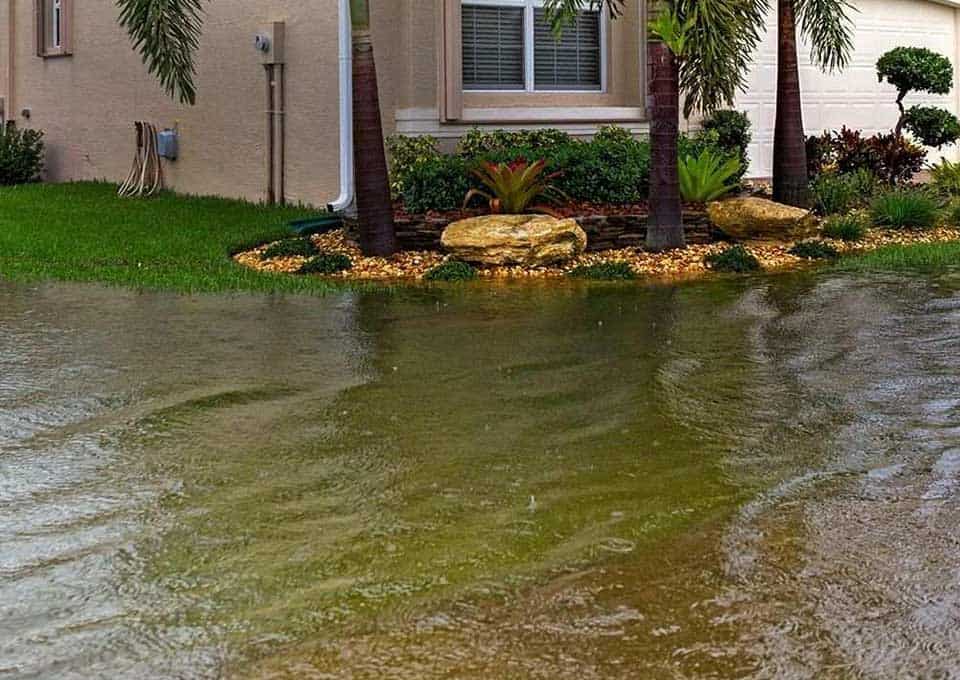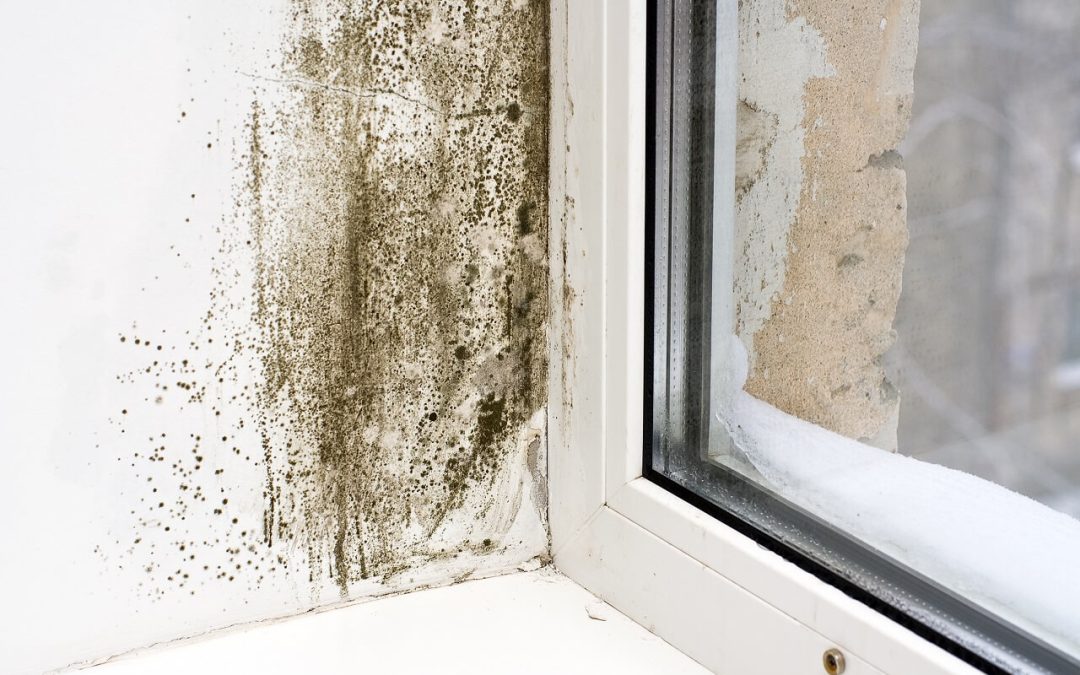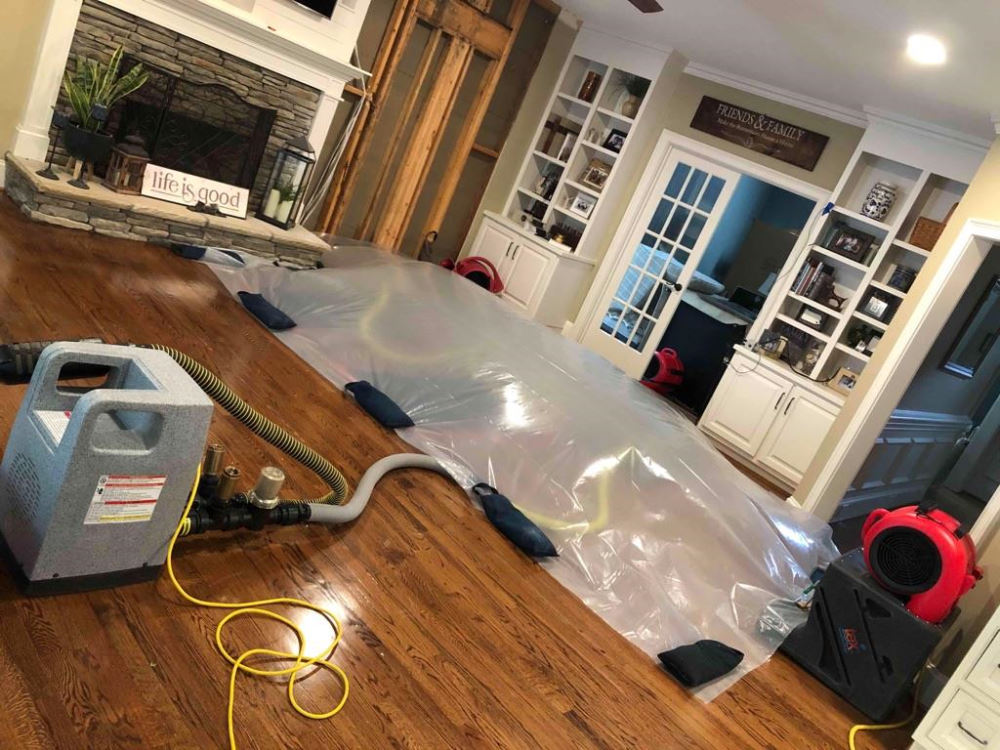Table of Contents
- Assess the Extent of Water Damage
- Remove Standing Water
- Extract Excess Moisture
- Ensure Proper Ventilation
- Use Advanced Drying Equipment
- Monitor the Drying Process
- Address Mold Growth Promptly
- Repair and Restore Damaged Areas
- Prevent Future Water Damage
Water damage can happen suddenly and cause a lot of problems for your property. Whether it’s a small leak or a big flood, it’s important to act quickly to prevent more damage. This guide will show you the key steps to dry out water effectively, helping you reduce damage and restore your property.
Water can harm your property in many ways, such as weakening the structure, causing mold, and damaging belongings. To prevent this, you need to dry the area thoroughly, remove any standing water, and use dehumidifiers to reduce moisture. Taking these steps will help protect your property and make the restoration process smoother.
1. Assess the Extent of Water Damage
Before beginning the drying process, it’s important to assess the extent of the water damage. This involves:
- Identifying the source of the water
- Determining the affected areas
- Evaluating the level of saturation
Consider hiring an emergency plumber or a professional water damage restoration service to conduct a thorough inspection. They have the expertise and tools to accurately gauge the damage and recommend the best course of action.
2. Remove Standing Water
Standing water can cause severe structural damage and promote mold growth. To effectively remove standing water:
- Use pumps, wet vacuums, and buckets
- Employ protective gear to avoid contact with contaminated water
- Seek professional help for extensive flooding
For extensive flooding, emergency plumbing services in Toronto offer specialized equipment and expertise to handle the situation efficiently.
3. Extract Excess Moisture
After removing standing water, it’s essential to extract the excess moisture from the affected areas. Effective moisture extraction involves:
- Utilizing high-powered dehumidifiers and air movers
- Monitoring moisture levels with meters
- Employing commercial drying equipment for large-scale drying
Specialty drying services in Toronto provide advanced solutions tailored to specific needs, ensuring thorough drying.
4. Ensure Proper Ventilation
Proper ventilation is crucial to speed up the drying process and prevent mold growth. To ensure adequate ventilation:
- Open windows and doors for fresh air circulation
- Use fans to enhance airflow in confined spaces
- Consider industrial drying services for enhanced solutions
Ensuring proper air circulation helps reduce humidity levels and speeds up the drying process, preventing mold growth and further damage.
5. Use Advanced Drying Equipment
Advanced drying equipment can help identify hidden moisture pockets and ensure thorough drying. Effective use of advanced equipment includes:
- Utilizing moisture meters and infrared cameras
- Employing high-powered fans and dehumidifiers
- Monitoring the drying process with professional tools
Emergency water drying services use these tools to ensure comprehensive drying, leaving no moisture behind.
6. Monitor the Drying Process
Continuous monitoring is essential to ensure effective water drying. Key steps include:
- Regularly checking moisture levels
- Adjusting equipment as needed
- Keeping a log of moisture readings to track progress
Professional restoration companies offer monitoring services to ensure the drying process is completed efficiently and effectively.
7. Address Mold Growth Promptly
Mold can begin to grow within 24-48 hours of water exposure. To address mold growth promptly:
- Regularly inspect affected areas for mold signs
- Use mold removal products as needed
- Hire professional mold remediation services
Mold removal services in Toronto provide comprehensive solutions for mold remediation, ensuring a healthy indoor environment.
8. Repair and Restore Damaged Areas
Once the affected areas are thoroughly dried, proceed with repairs and restoration. This involves:
- Replacing drywall, flooring, and insulation
- Ensuring structural integrity is restored
- Using professional repair services for best results
Water damage repair services in Toronto offer specialized water restoration solutions, restoring your property to its original condition.
9. Prevent Future Water Damage
Prevention is key to avoiding future water damage. Effective prevention includes:
- Conducting regular maintenance checks
- Promptly addressing leaks and plumbing issues
- Installing water leak detectors and proper drainage
Consider engaging plumbing services and commercial plumbers to conduct routine inspections and maintenance.
Conclusion
Effective water drying is a critical step in mitigating water damage and restoring your property. By following these essential steps, you can ensure a thorough and efficient drying process. If you require professional assistance, don’t hesitate to contact emergency plumbers or water damage restoration services in Toronto. Taking prompt action can save you time, money, and stress in the long run.
If you’re dealing with water damage, don’t wait! Contact our expert team at Restoration Plumber for immediate assistance and comprehensive water drying services.







